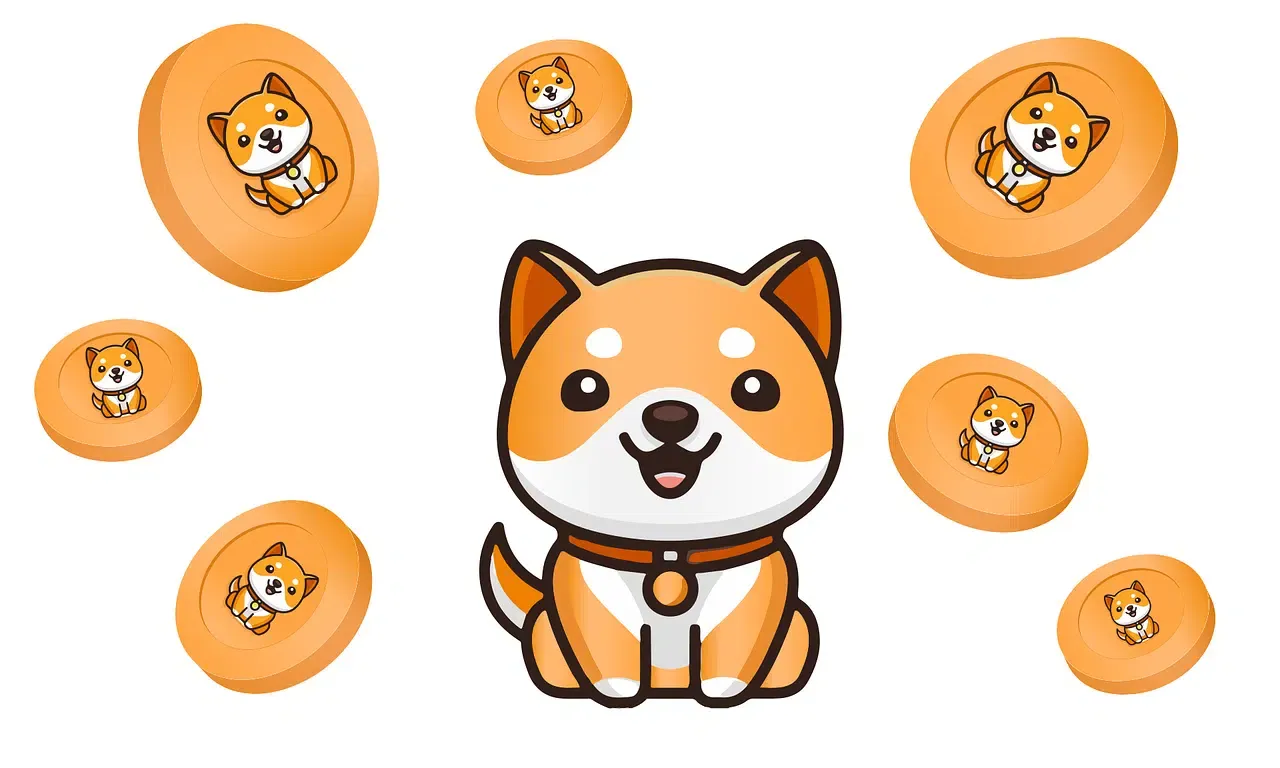How to Stake Shiba Inu in 7 Easy Steps (2024)
Discover the ultimate guide to staking Shiba Inu tokens in 2024. Follow our seven easy steps to maximize your crypto earnings and take control of your financial future. Secure, quick, and rewarding!

In the ever-evolving world of cryptocurrency, new opportunities for financial growth and investment constantly emerge. One such opportunity is Shiba Inu (SHIB), a meme-based cryptocurrency that has recently gained significant traction. But beyond investing directly in Shiba Inu tokens, you can also stake these tokens to generate passive income.
This extensive manual guides you through the process of staking Shiba Inu in seven easy steps, allowing you to earn rewards by participating in the Shiba Inu network.
Understanding the basics
Before diving into the specifics, it’s essential to understand what staking Shiba Inu entails. Make sure you’re also updated on the latest developments in the Shiba Inu landscape.

Depicting Shiba Inu – Image via Pixabay
What is Shiba Inu?
Shiba Inu, often abbreviated as SHIB, is a cryptocurrency that was launched in August 2020. Much like the popular Dogecoin, Shiba Inu is a meme-based cryptocurrency named after a Japanese dog breed.
The SHIB token is built on the Ethereum (ETH) blockchain and leverages smart contracts for its operations. The Shiba Inu ecosystem includes two other tokens, LEASH and BONE, both of which are also ERC-20 tokens.
How does Shiba Inu staking work?
Staking Shiba Inu, often referred to as “Burying” in the Shiba Inu community, involves locking your SHIB tokens in a staking platform or wallet. The rewards, which come in the form of xBONE, xSHIB, and xLEASH tokens, are proportional to the amount of Shiba Inu tokens you stake. By staking your tokens, you provide liquidity to the platform and support the blockchain’s operations.
Step-by-step guide to staking Shiba Inu
Now that we’ve covered the basics, let’s dive into the concrete steps you’ll need to take to start staking your Shiba Inu tokens.
Step 1: Acquire Shiba Inu tokens
Before you can stake Shiba Inu, you first need to purchase SHIB tokens. You can buy these tokens on various cryptocurrency exchanges, including Binance, Crypto.com, and Bybit. To purchase SHIB tokens:
- Create an account on a trusted exchange.
- Complete the required Know Your Customer (KYC) process.
- Deposit funds into your account. Most exchanges allow you to deposit using various methods, including bank transfers and credit cards.
- Search for SHIB in the exchange’s market section and purchase the desired amount.
Step 2: Secure a compatible wallet
After acquiring the Shiba Inu tokens, you’ll need a safe place to store them. Shiba Inu is an ERC-20 token, which means you’ll need an ERC-20 compatible wallet. MetaMask and Trust Wallet are popular options for this purpose.
Download the wallet application and set it up, making sure to safely store any backup phrases or keys as directed by the wallet instructions.
Step 3: Transfer tokens to your wallet
Once your wallet is set up, locate your receiving address within the wallet application. This is where you’ll be sending your Shiba Inu tokens. Head back to the exchange, find the withdrawal section, and initiate a transfer to your wallet’s receiving address.
Confirm the transaction, and wait for your tokens to arrive in your wallet. Always double-check the address to ensure you’re sending the tokens to the correct place.

Learning how to stake Shiba Inu- Image via Pixabay
Step 4: Research staking platforms
Next, you’ll want to find a platform where you can stake your Shiba Inu tokens. Search for decentralized finance (DeFi) platforms, centralized exchanges (CEXs), or decentralized exchanges (DEXs) that offer this service. Be sure to read all terms and conditions, especially those concerning staking fees and the estimated annual yield.
Step 5: Connect your wallet to the staking platform
Now, it’s time to connect your wallet to the staking platform. Visit the staking platform’s website and look for the option to connect your wallet. Usually, a “Connect Wallet” button is visible on the site’s homepage.
Clicking it will prompt a pop-up that asks you to confirm the connection in your digital wallet. Follow the steps to approve this connection.
Step 6: Staking your tokens
After successfully connecting your wallet, navigate to the staking section on the platform’s dashboard. Here, you can select the amount of Shiba Inu tokens you wish to stake.
Once you’ve chosen the amount, confirm the transaction. This action might trigger another pop-up on your digital wallet, asking for approval to interact with a smart contract. Approve this, and wait for the transaction to be confirmed on the blockchain.
Step 7: Monitor and claim rewards
Finally, the last step is to monitor your staking rewards. Most platforms have a dashboard that displays your staked amount along with any rewards you’ve earned.
Some platforms allow you to claim rewards at regular intervals, while others might require you to wait for a specific period. If you ever wish to unstake your Shiba Inu tokens, you can typically do this through the same platform’s dashboard by following their unstaking procedure.
Pros and cons of staking Shiba Inu
Staking Shiba Inu has several benefits:
- Passive income: Staking Shiba Inu can generate a passive income stream in the form of additional Shiba Inu tokens.
- Price appreciation: If you are bullish on the long-term potential of Shiba Inu, staking allows you to grow your holdings, which could be more valuable if the price increases.
- Incentivization: Staking mechanisms are typically designed to incentivize holding rather than trading, which can reduce price volatility.
- Community participation: Staking sometimes comes with governance rights, which allows you to participate in the development of the ecosystem.
- Increased security: In some blockchain models, the more staking there is, the more secure the network can become, although this depends on various factors, including the staking mechanism.
However, staking also has its downsides:
- Market risk: Cryptocurrency markets are highly volatile. There is a risk of substantial loss if the price of Shiba Inu declines.
- Liquidity constraints: When you stake your tokens, they are typically locked for a certain period. You may be unable to sell them quickly in a volatile market.
- Complexity: Staking can be a complex process requiring a good understanding of the particular blockchain’s mechanics. Mistakes can result in loss of funds.
- Smart contract risks: If staking involves interacting with a smart contract, there’s a risk that bugs or vulnerabilities could result in the loss of staked funds.
- Regulatory risks: The regulatory environment for cryptocurrencies is still uncertain. Any adverse changes could negatively impact your staking operation.
- Opportunity costs: By locking up your funds in Shiba Inu, you may miss out on other investment opportunities with potentially higher returns.

The ins and outs of staking Shiba Inu
Summing up
Staking Shiba Inu is an excellent way to earn passive income and participate in the Shiba Inu ecosystem. However, like any investment, it carries risks, and it’s crucial to thoroughly research and understand these risks before staking your SHIB tokens.
With careful planning and risk management, staking Shiba Inu can be a profitable venture for cryptocurrency enthusiasts.




